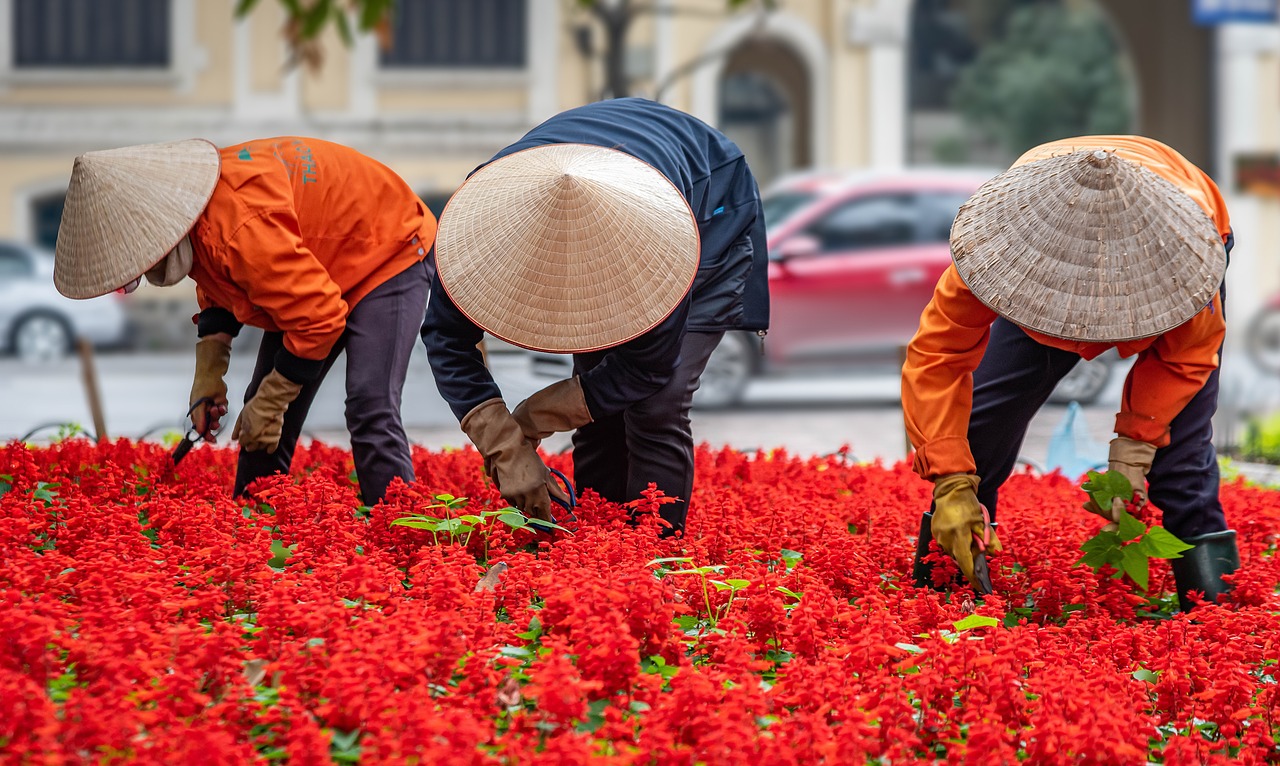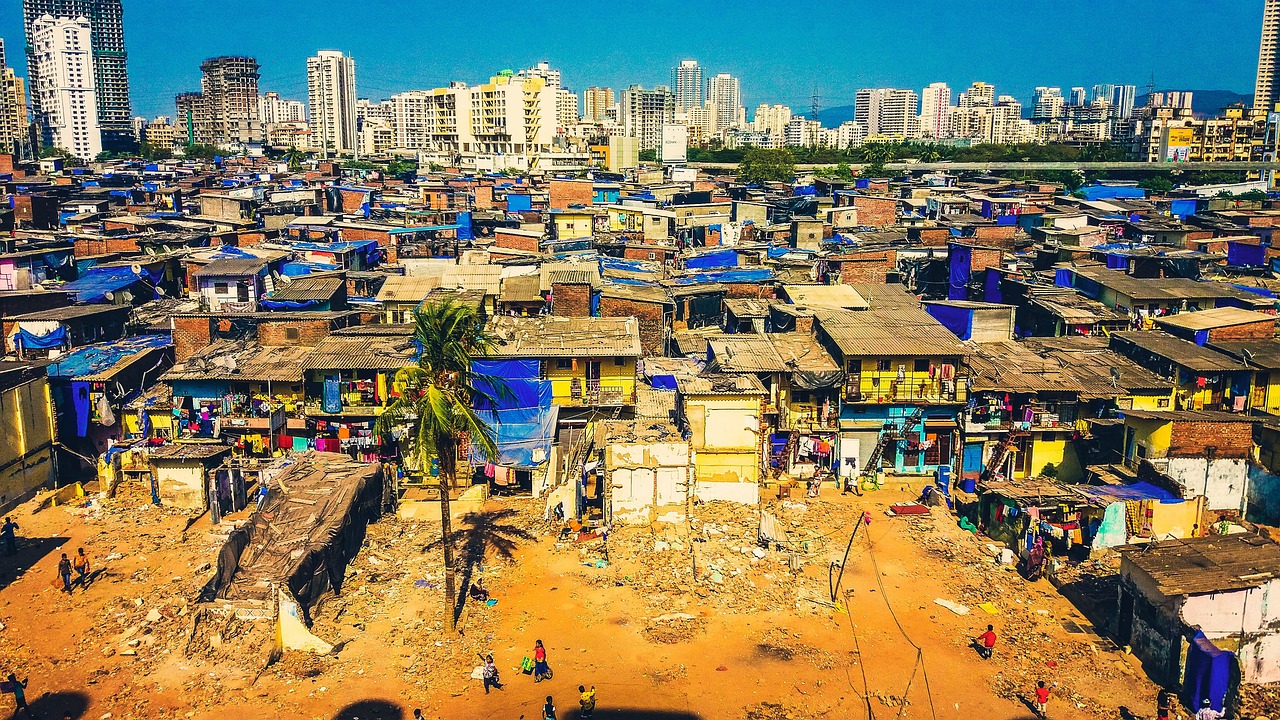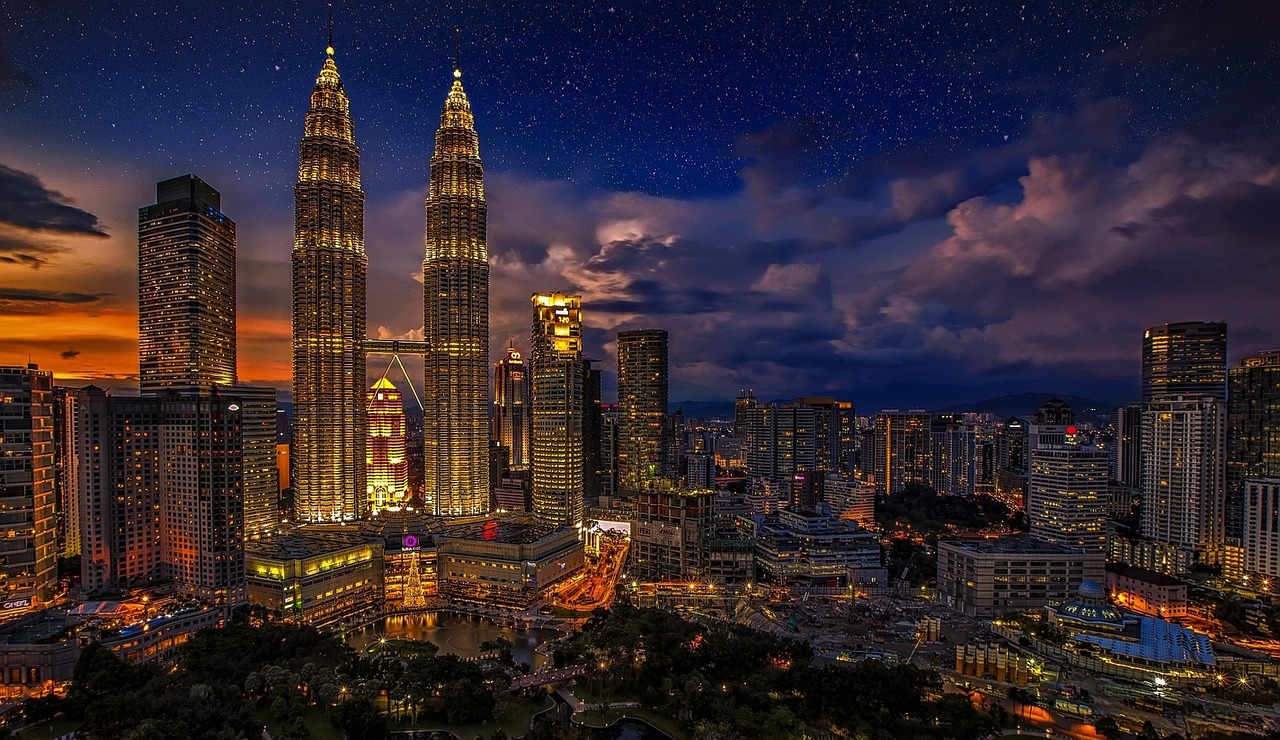Hanoi is the capital city of Vietnam and is located in the northern part of the country. It is known for its rich history, French colonial architecture, ancient temples, and bustling streets filled with street vendors and motorbikes. The city is situated on the banks of the Red River and is home to approximately 8 million people. Hanoi has been the capital of Vietnam for over a thousand years and has a long and fascinating history.
Short History
The history of Hanoi dates back more than a thousand years, to when it was established as the capital of the Dai Viet kingdom in 1010. Over the centuries, Hanoi has been occupied by various foreign powers, including the Chinese and French, and has played a key role in many important events in Vietnamese history, such as the Battle of Dien Bien Phu in 1954 and the Vietnam War. Today, Hanoi is a bustling city that combines the old and the new, with ancient temples and colonial-era buildings standing alongside modern skyscrapers.
Architecture
Hanoi is a city rich in architectural history, influenced by a mix of Chinese, French, and Southeast Asian styles. The architecture of Hanoi reflects its thousand-year history and its cultural and political past. The Old Quarter, in particular, showcases a range of traditional Vietnamese architecture, with narrow streets and buildings that have been preserved for centuries. In addition, the city boasts several notable landmarks and buildings, including the Ho Chi Minh Mausoleum, the Temple of Literature, the Presidential Palace, and the Hanoi Opera House, which showcase a blend of Western and Vietnamese architectural styles.
Museums and Galleries
Hanoi is a city rich in history and culture, which is reflected in its numerous museums and galleries. Here are some of the most interesting ones to visit:
- Vietnam Museum of Ethnology: This museum showcases the diverse ethnic groups that call Vietnam home, with exhibits on traditional clothing, handicrafts, and music.
- Ho Chi Minh Museum: Dedicated to the life and legacy of Vietnam’s revolutionary leader, this museum features exhibits on his personal life, political career, and the country’s fight for independence.
- Fine Arts Museum: This museum showcases a wide range of Vietnamese art, from traditional to modern, including paintings, sculptures, and ceramics.
- Hanoi Opera House: Built in 1911, this stunning building hosts performances by the Vietnamese National Symphony Orchestra, as well as ballets, operas, and other cultural events.
- Vietnam Women’s Museum: This museum celebrates the contributions of Vietnamese women to the country’s history, culture, and society, with exhibits on women’s roles in the family, economy, and political life.
- National Museum of Vietnamese History: This museum houses artifacts and exhibits on Vietnam’s long and complex history, from prehistoric times to the present day.
- Vietnamese Women’s Museum: This museum highlights the important roles played by women in Vietnamese society, from their contributions to the country’s history and culture to their roles in family and community life.
Hanoi’s museums and galleries offer a fascinating glimpse into Vietnam’s rich cultural heritage and complex history, making them a must-visit for any traveler to the city.
Landmarks and Monuments
Hanoi is known for its rich history and cultural heritage. As a result, there are numerous landmarks and monuments worth visiting in the city. Here are some of the most interesting ones:
- Hoan Kiem Lake and Ngoc Son Temple: A picturesque lake and an iconic symbol of Hanoi, with Ngoc Son Temple located on an island in the middle of the lake.
- Temple of Literature: A Confucian temple and Vietnam’s first national university, built in 1070.
- Ho Chi Minh Mausoleum: A massive memorial to Vietnam’s founding father, Ho Chi Minh.
- One Pillar Pagoda: A small but unique temple built on a single stone pillar, constructed in 1049.
- Hanoi Old Quarter: A historic district with narrow streets and traditional architecture, dating back to the 13th century.
- Imperial Citadel of Thang Long: A UNESCO World Heritage Site, the citadel was the political center of Vietnam for 13 centuries.
- St. Joseph’s Cathedral: A beautiful Gothic-style church built by the French in the late 19th century.
- Vietnam Museum of Ethnology: A museum that showcases the diversity of Vietnam’s ethnic groups, their customs, and daily life.
- Hanoi Opera House: A stunning French colonial building that hosts various cultural events.
- Tran Quoc Pagoda: The oldest pagoda in Hanoi, situated on a small island in West Lake.
Hanoi’s landmarks and monuments offer a glimpse into the city’s fascinating history and cultural heritage, making it a must-visit destination for travelers to Vietnam.
Parks and Green Spaces
Hanoi is known for its rich cultural heritage and natural beauty. It boasts a variety of parks and green spaces where locals and tourists can enjoy the outdoors, relax, and escape the hustle and bustle of the city. Here are some of the most interesting parks and green spaces worth visiting in Hanoi:
- Hoan Kiem Lake – a scenic lake in the heart of the city, surrounded by historic temples and monuments.
- West Lake – the largest freshwater lake in Hanoi, known for its stunning sunsets and scenic walking paths.
- Ba Vi National Park – a nature reserve with mountains, forests, and waterfalls, located just outside of Hanoi.
- Thong Nhat Park – a large park in central Hanoi with a lake, walking paths, and a variety of recreational activities.
- Lenin Park – a park located in the Ba Dinh district of Hanoi, featuring a large statue of Vladimir Lenin.
- Botanical Gardens – a 200-acre park located on the outskirts of Hanoi, with a variety of plants and wildlife.
- Ecopark – a large eco-friendly development on the outskirts of Hanoi, with green spaces, lakes, and recreational activities.
Hanoi offers a variety of parks and green spaces for visitors to enjoy, whether you’re looking for a peaceful escape or an adventurous outing.
Shopping Districts
Hanoi is a vibrant and bustling city that offers a wide range of shopping experiences. From traditional markets to modern shopping malls, Hanoi has something to offer for every shopper. Here are some of the most popular shopping districts in Hanoi:
- Old Quarter: The historic Old Quarter is one of the best places to go shopping in Hanoi. Here you can find a variety of shops selling traditional Vietnamese handicrafts, silk clothing, souvenirs, and more.
- Dong Xuan Market: This is the largest covered market in Hanoi and is known for its variety of goods at affordable prices. From clothing and footwear to souvenirs and electronics, Dong Xuan Market has it all.
- Hang Da Market: Located in the heart of Hanoi, Hang Da Market is a popular spot for locals to buy fresh produce, meat, and seafood. You can also find a variety of clothing and household items here.
- Trang Tien Plaza: This modern shopping mall is home to a variety of high-end fashion brands, cosmetics, and electronics stores.
- Vincom Center: This shopping mall is one of the largest in Hanoi and has a wide range of stores, including international brands and luxury boutiques.
Hanoi has a vibrant shopping scene, with a range of options to suit every budget and taste. Whether you’re looking for traditional Vietnamese handicrafts or high-end fashion brands, you’re sure to find it in Hanoi’s shopping districts.
Food and Drink
Hanoi is a vibrant city known for its delicious cuisine that is often characterized by its fresh herbs and spices. Here are some of the must-try dishes and drinks:
- Pho: This is a popular Vietnamese soup that typically consists of a flavorful broth, rice noodles, herbs, and meat, usually beef or chicken.
- Bun Cha: A dish consisting of grilled pork served with rice noodles, herbs, and dipping sauce.
- Banh Mi: A type of Vietnamese sandwich filled with various ingredients, such as meat, pickled vegetables, and herbs.
- Egg Coffee: A unique Hanoi specialty, it is a creamy coffee made with egg yolks, sugar, and condensed milk.
- Cha Ca: A popular Hanoi specialty, it is a type of fish cake made with turmeric, served with noodles, herbs, and dipping sauce.
- Bia Hoi: A local beer that is refreshing and light on the palate. It is brewed daily and sold at street-side bars.
- Ca Phe Trung: A Vietnamese version of a cappuccino made with coffee and egg yolks, it is served hot or cold.
- Nem Cua Be: A type of fried spring roll filled with crab meat, pork, and vegetables.
- Xoi: A type of sticky rice dish that is often served with various toppings, such as pork, chicken, or fried shallots.
- Che: A sweet dessert soup made with a variety of ingredients, such as beans, fruit, and coconut milk.
Hanoi’s cuisine offers a delicious blend of fresh flavors and unique ingredients that are worth trying.
Transportation
Hanoi is a bustling city in Vietnam, with a mix of modern and traditional transportation options available for visitors. Some of the best ways to move around Hanoi include:
- Walking: Hanoi’s Old Quarter is compact and easily walkable, with many attractions located within a short distance from each other.
- Cyclo: Cyclos are three-wheeled bicycles with a seat for passengers at the front. They are a popular mode of transportation for short distances in Hanoi.
- Motorbike taxi: Motorbike taxis, or “xe om” in Vietnamese, are a quick and convenient way to get around the city. It is important to negotiate the fare before starting the ride.
- Public buses: Hanoi has an extensive bus network, with routes connecting all parts of the city. Buses are cheap but can be crowded.
- Grab: Grab is a ride-hailing app similar to Uber, and is widely used in Hanoi. It offers a convenient and affordable way to get around the city.
- Private car hire: Private car hire is also available in Hanoi, and can be arranged through hotels or travel agencies.
It is important to note that traffic in Hanoi can be chaotic, with a high volume of motorbikes and cars on the road. Visitors should exercise caution when crossing the road and consider hiring a local guide to navigate the city.
City Safety
Hanoi is generally considered safe for tourists. However, like any other city, there are certain precautions that visitors should take to ensure their safety. Petty crime such as pickpocketing and purse snatching can occur in crowded areas, especially around tourist attractions, so it’s important to keep a close eye on your belongings. Visitors should also be cautious when crossing the street as traffic can be heavy and chaotic. It’s recommended to use designated pedestrian crossings and follow the lead of locals when crossing the street. Overall, as long as visitors exercise common sense and stay aware of their surroundings, they should have a safe and enjoyable visit to Hanoi.
Expensive or Cheap
Hanoi is generally considered to be an affordable destination for travelers. However, the cost of living and traveling in Hanoi can vary depending on one’s preferences and budget. Accommodation and food can be relatively cheap in Hanoi, with many budget options available. On the other hand, luxury accommodations, high-end dining, and certain activities and tours can be more expensive. It’s always a good idea to research and plan ahead to find the best deals and options that fit within your budget.
Date Ideas
Hanoi is a vibrant and fascinating city with a rich cultural and historical heritage. From ancient temples and colonial architecture to bustling markets and colorful street life, there are many exciting things to do in Hanoi. Whether you’re looking for a romantic stroll, a cultural experience, or a fun night out, Hanoi has something for everyone.
- Take a stroll around Hoan Kiem Lake and watch the sunset.
- Visit the Temple of Literature and learn about the history of Confucianism in Vietnam.
- Explore the Old Quarter and go on a street food tour.
- Watch a water puppet show, a traditional Vietnamese art form.
- Take a day trip to the nearby countryside and go on a bike ride.
- Visit the Ho Chi Minh Mausoleum and learn about the life of the Vietnamese revolutionary leader.
- Have a picnic in the Botanical Gardens and enjoy the peaceful surroundings.
- Take a cooking class and learn how to make traditional Vietnamese dishes.
- Go on a walking tour of the city’s street art scene.
- Enjoy a night out at a rooftop bar overlooking the city.
Hanoi is a fascinating and vibrant city that offers a wealth of exciting date ideas. Whether you’re interested in exploring the city’s rich cultural heritage or enjoying the vibrant street life, Hanoi has something for everyone.
Fun and Interesting Facts
Hanoi is the capital city of Vietnam and one of the country’s most important cultural, historical, and political centers. It is a fascinating city with a unique blend of Eastern and Western influences, making it a popular destination for tourists from around the world. Hanoi is famous for its beautiful architecture, vibrant street life, delicious cuisine, and rich history. Some fun and interesting facts about Hanoi:
- Hanoi is over 1,000 years old and was founded in 1010.
- The city has served as the capital of Vietnam for over a thousand years, except for a brief period in the 15th century.
- Hanoi has 18 lakes, which are an important part of the city’s landscape and history.
- The Temple of Literature, built in 1070, is Vietnam’s first national university and is dedicated to Confucius.
- Hanoi’s Old Quarter is a maze of narrow streets that date back to the 13th century.
- The Ho Chi Minh Mausoleum is the final resting place of the revolutionary leader who declared Vietnam’s independence from France in 1945.
- The One Pillar Pagoda is a unique structure that was built in 1049 and is one of Vietnam’s most iconic landmarks.
- Hanoi is known for its delicious street food, including pho, bun cha, and banh mi.
- The city has a thriving contemporary art scene, with many galleries showcasing the work of local and international artists.
- The water puppetry shows, a traditional form of Vietnamese entertainment, originated in the villages around Hanoi and are still performed in the city today.
In conclusion, Hanoi is a fascinating city with a rich history, beautiful architecture, delicious cuisine, and a unique culture. Its blend of Eastern and Western influences makes it a must-visit destination for anyone traveling to Southeast Asia. With its vibrant street life, bustling markets, and world-class museums and galleries, Hanoi has something to offer for everyone.



